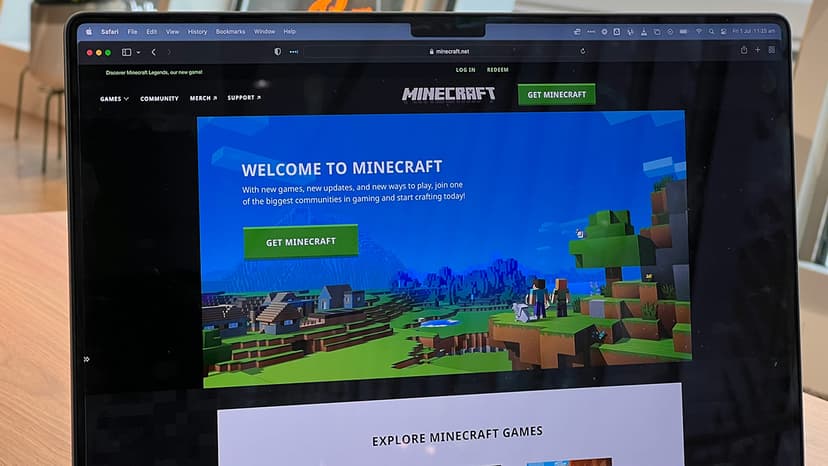Exploring the Wonders of Next.js
Next.js is a powerful, feature-rich framework built on top of React that is rapidly gaining popularity among developers. It provides tools and conventions that not only boost productivity but also enhance performance and scalability of web applications. In this article, let's take a creative journey into the benefits, features, and examples of using Next.js in modern web development.
What Makes Next.js Stand Out
Next.js offers a range of compelling features that streamline the web development process and ensure that your applications are high-performing and user-friendly. Some of these features include:
- Server-Side Rendering (SSR): It allows you to pre-render pages on each request, significantly improving performance and SEO.
- Static Site Generation (SSG): With this, you can pre-render pages at build time, providing faster load times and enhanced scalability.
- API Routes: Easily create backend endpoints without the need to set up a separate server.
- File-Based Routing: Define routes in your application using the file system structure, simplifying the creation and maintenance of pages.
- Automatic Code Splitting: This ensures that each page loads only the necessary JavaScript, reducing load times.
- Built-in CSS and Sass Support: Integrate CSS and Sass seamlessly, allowing for effective styling of your components.
- TypeScript Support: Offers first-class TypeScript support, making it easier to build robust and well-typed applications.
Setting Up a New Next.js Project
Getting started with Next.js is straightforward. You can create a new project using create-next-app, which sets up everything you need to start developing.
Bash
The above commands will create a new Next.js project named my-nextjs-app and start the development server. Your new project is now accessible at http://localhost:3000.
File-Based Routing
Next.js uses a file-based routing system that makes navigation intuitive and straightforward. Any file you add to the pages directory becomes a route in your application.
Example
Create an about.js file inside the pages directory:
Jsx
Now, you can navigate to http://localhost:3000/about to see the new "About Us" page.
Server-Side Rendering (SSR)
Next.js simplifies server-side rendering with built-in support for SSR. You can use getServerSideProps to fetch data at request time and render it on the server.
Example
Jsx
In this example, the getServerSideProps function fetches blog posts from an external API and passes them as props to the Home component, which renders a list of posts.
Static Site Generation (SSG)
For even better performance, use SSG by implementing getStaticProps, which pre-renders pages at build time.
Example
Jsx
In this case, the data is fetched at build time, and the pages are served as static HTML.
API Routes
API routes allow you to create a backend for your application using Next.js.
Example
Create a new file hello.js in the pages/api directory:
Js
You can access this API route at http://localhost:3000/api/hello, which will return a JSON response.
Styling in Next.js
Next.js supports various ways to style your application, including CSS, Sass, and styled-components.
Example
Using CSS Modules:
Jsx
This approach scopes CSS to the component, preventing style conflicts.
TypeScript Support
Next.js has robust support for TypeScript. You can set up a TypeScript project by creating a tsconfig.json file in the root of your project and running the development server.
Bash
Next.js will automatically configure the necessary TypeScript settings for you.
The Power of Middleware
Next.js also introduces powerful middleware capabilities to handle things such as authentication, A/B testing, logging, and much more. Middleware functions run before a request is completed and can be added to the pages/_middleware.js file.
Example
Js
This middleware redirects all requests to the home page if the requested URL is the root.
Check out further insights and advanced topics from the Next.js documentation. It’s a comprehensive guide that delves deeper into the various facets and capabilities, leaving no stone unturned in your quest for building magnificent applications.
By adopting Next.js, developers position themselves to create intuitively navigable, highly performant, and scalable applications with ease. The framework’s enabling features reduce boilerplate code, thus fostering creativity and productivity.












